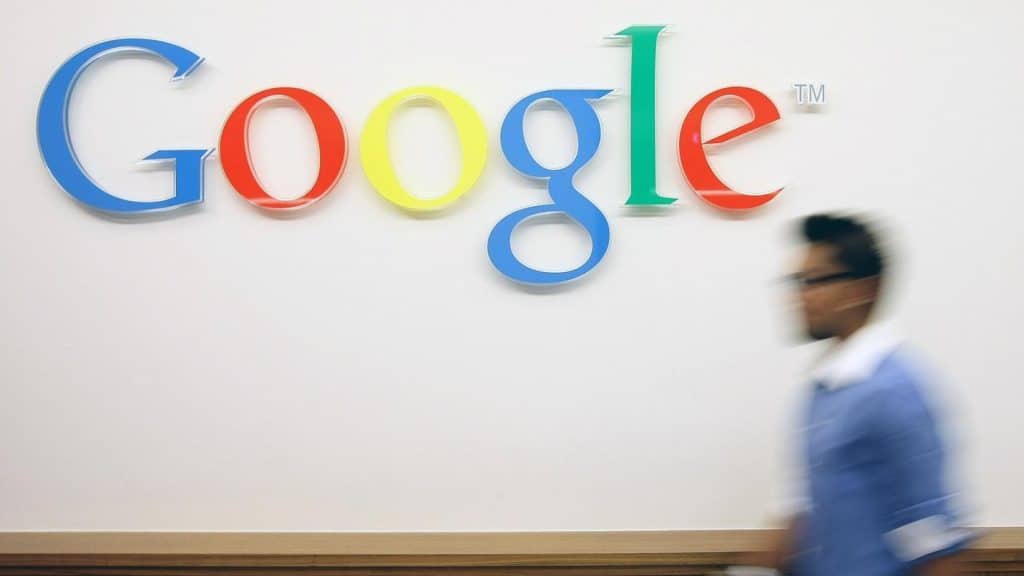News and inspiration for entrepreneurs and creatives, plus updates on new developments at Hatchwise.
Home / Blog Posts / Google makes a new update and introduces new website names, favicons, and sponsored labels for desktop search
Hatchwise is #1 in Creative Custom Logo Design and Eyecatching Marketing Material Design.

Google makes a new update and introduces new website names, favicons, and sponsored labels for desktop search
Companies like Google are tasked with being at the forefront of innovation and change. They are leaders that help set industry standards and help other companies know what they should (or shouldn’t) be focused on.
That’s not to say that everything companies like Google do is correct and should be the golden rule, but often, they get things right and release so many updates it can be hard to keep track of them.
This week was no different. Earlier this week, Google released a soft desktop update that they released on mobile devices back in October. Since its mobile release, Google has been testing out this desktop update since November.
Now, when you conduct a Google search, your search will look a little different. It’s a change so subtle that if you don’t look closely enough, you may miss it. Now on the search result page, you’ll notice that with the search results, instead of it reading “advertised,” it now reads “sponsored.” Also, instead of the URL being displayed, the website name is listed. Beyond that update, next to the website name, that company’s favicon is also displayed next to it.

On the other hand, if you’re having trouble visualizing what this looks like now, check out below:

Why did Google make this update?
It’s hard to know what drove this update, but it could be for many reasons! For starters, Google may have wanted to promote users to click on the published advertisements more frequently.
Another potential reason for this update could be that it’s all part of a bigger plan for something that Google is rolling out in the future. A final speculation around this change is what Google themselves has said.
Google shared in October, when they rolled out the mobile change, that they wanted to be as transparent as possible with their users so they can feel safe when they click on a website.
What does this mean for your business?
To ensure your business shows up how you want it, use structured data on your site’s home page to help Google know what should be displayed. If you aren’t sure how to go about doing this, don’t fret – Google has documentation you can follow along with on how to do this.
Along those same lines, you’ll also want to review Google’s directions and documentation on how to populate your favicon. If you don’t have time to read the entire documentation, Google advises that your favicon is 48px tall at the minimum and follows all favicon guidelines.
You can set up as many sponsored ads as you want, with different messages and taglines being appliable for different searches. We’ve included an example below so you can see what we mean:

What this update has shown us is that SEO and Google are constantly evolving so it’s important to stay up to date on the latest changes and trends. Monitor your SEO and CTR to see how your website name and favicon are displaying.
If you don’t like what you see, you can always update it until you are happy with your brand’s search results.
- Kayla Ferria
- March 10, 2023

